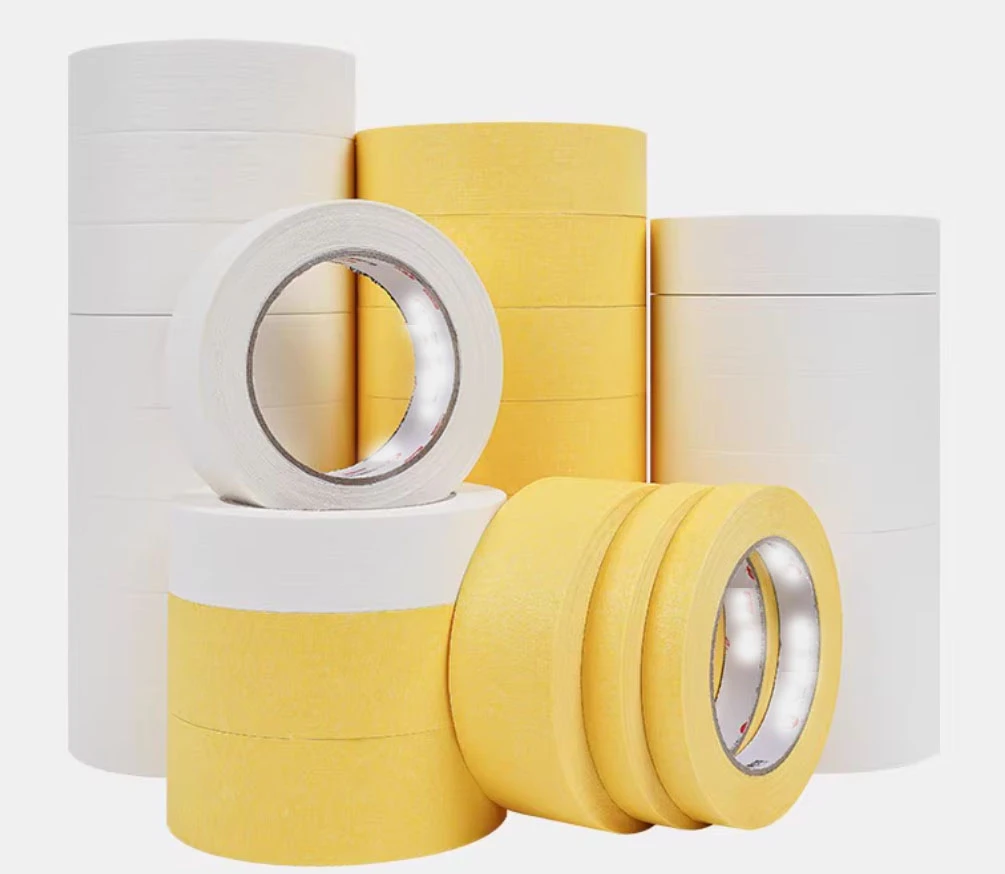Exploring Various Flooring Options for Your Home and Their Unique Benefits
Exploring Different Types of Flooring
Choosing the right flooring for your home or office is a significant decision that can impact the aesthetic appeal, functionality, and comfort of your space. With an array of options available, including hardwood, laminate, tile, carpet, and vinyl, it’s essential to understand the pros and cons of each type to make an informed choice. In this article, we will explore the different types of flooring, highlighting their unique characteristics, benefits, and ideal use cases.
Hardwood Flooring
Hardwood flooring is a timeless option that adds warmth and elegance to any room. Crafted from solid wood species such as oak, cherry, and maple, hardwood is known for its durability and natural beauty. One of the key advantages of hardwood is its longevity; with proper care, it can last for decades. Additionally, hardwood can be refinished multiple times, allowing homeowners to restore its original luster or change its stain color.
However, hardwood flooring comes with a higher price tag compared to other options and requires regular maintenance, including refinishing and sealing to protect against scratches and moisture. It can also be prone to warping in high humidity areas, making it less suitable for basements or bathrooms.
Laminate Flooring
Laminate flooring is an affordable alternative to hardwood that mimics its appearance. Composed of several layers, laminate comprises a high-density fiberboard core with a printed image layer and a protective top layer. The result is a durable, scratch-resistant surface available in various styles and patterns.
The major benefits of laminate flooring include its easy installation and low maintenance requirements. It resists stains and fading, making it an excellent choice for high-traffic areas. However, laminate cannot be refinished like hardwood, and it may not have the same luxurious feel or resale value.
Tile Flooring
Tile flooring is a versatile option suitable for virtually any space, including kitchens, bathrooms, and entryways. It comes in various materials, such as ceramic, porcelain, and natural stone, each offering distinct benefits. Tile is highly resistant to moisture, making it an ideal choice for wet areas. Additionally, it is available in countless colors and designs, allowing for creative customization.
enlio diffrent types of flooring

One downside of tile flooring is its cold and hard surface, which can be uncomfortable to stand on for extended periods without additional cushioning. Installing tile can also be labor-intensive and may require a professional for optimal results. However, when installed correctly, tile can enhance the aesthetic appeal and increase the value of a home.
Carpet Flooring
Carpet flooring is known for its comfort, warmth, and sound-absorbing qualities. Available in various fibers, styles, and colors, carpet can create a cozy atmosphere in living rooms, bedrooms, and playrooms. It is particularly popular in homes with children or pets due to its softness and ability to reduce noise levels.
On the downside, carpets can trap allergens, dust, and stains, requiring regular cleaning and maintenance. While they offer a lower initial cost, carpets may need to be replaced every 5 to 10 years, depending on wear and tear. It's also essential to choose the right type of carpet fiber based on the expected foot traffic and usage.
Vinyl Flooring
Vinyl flooring has gained popularity in recent years as a cost-effective and versatile flooring solution. Composed of synthetic materials, vinyl is available in various styles, including sheets, tiles, and planks, some of which mimic the look of hardwood or stone. One of the main advantages of vinyl is its water resistance, making it ideal for kitchens and bathrooms.
Vinyl is also known for its ease of installation and low maintenance needs, as it can be cleaned with simple soap and water. However, vinyl may not have the same longevity as hardwood or tile and can be prone to scratches and dents if heavy furniture is dragged across its surface.
Conclusion
In conclusion, the choice of flooring significantly impacts the overall feel and functionality of a space. Each type of flooring—hardwood, laminate, tile, carpet, and vinyl—offers unique benefits and potential drawbacks. When selecting the best option for your home or business, consider factors such as budget, maintenance requirements, desired aesthetic, and the specific needs of the space. By understanding the various types of flooring available, you can make a decision that enhances your environment while meeting your practical needs.
-
SPC Vinyl FlooringJul.18,2025
-
Home SPC FlooringJul.18,2025
-
Heterogeneous Sheet Vinyl: The Ultimate Commercial Flooring SolutionJul.15,2025
-
Dry Back LVT Flooring: A Durable and Stylish Flooring SolutionJul.15,2025
-
Click LVT Flooring: A Stylish and Convenient Flooring SolutionJul.15,2025
-
SPC FlooringJun.24,2025




